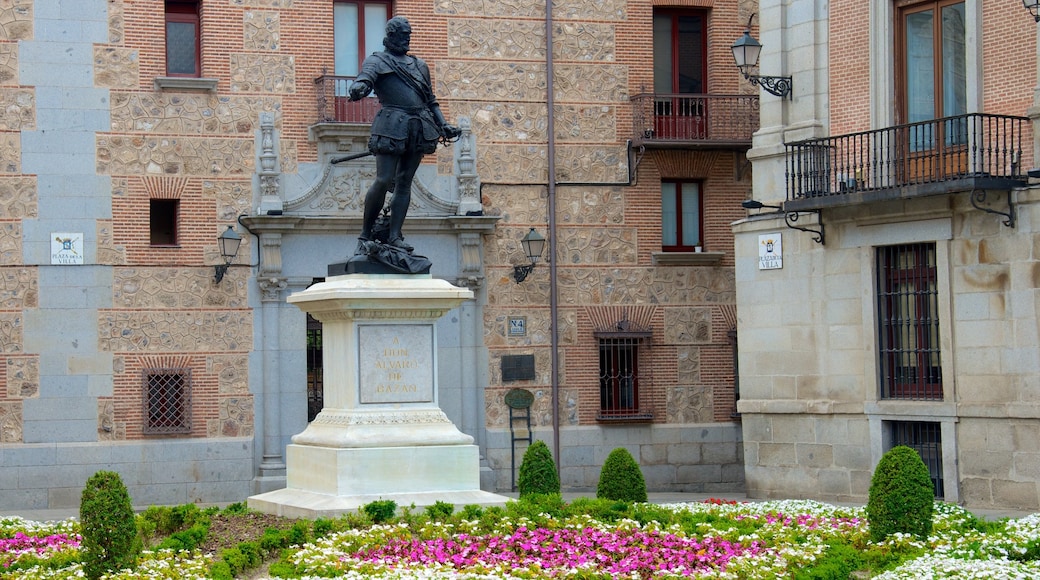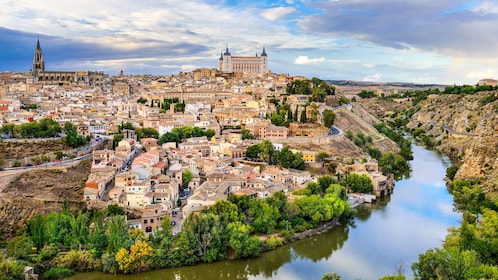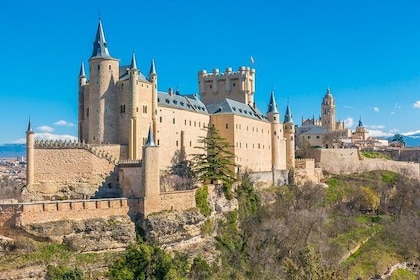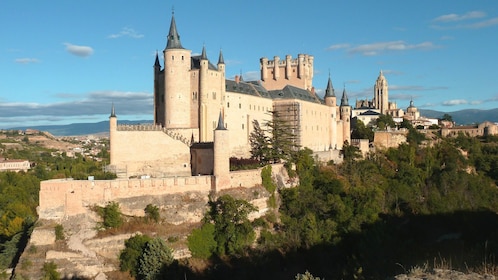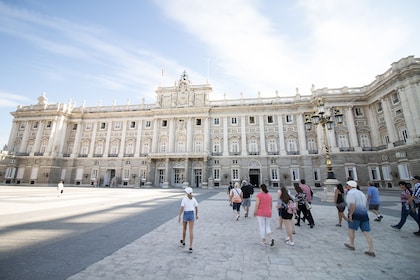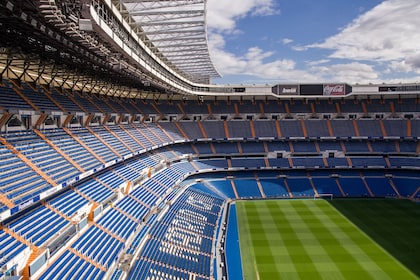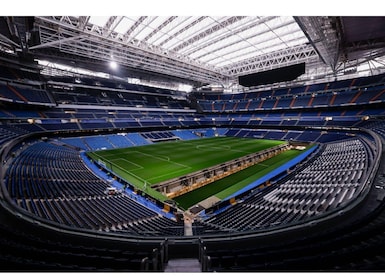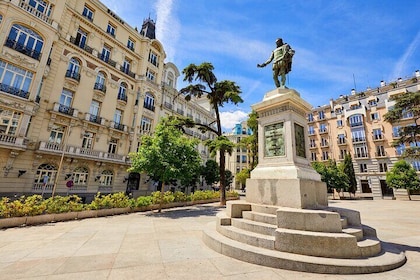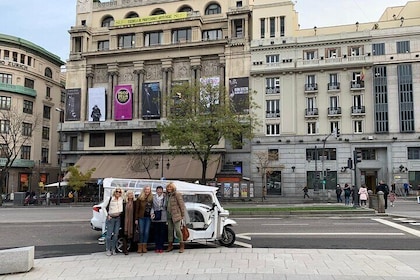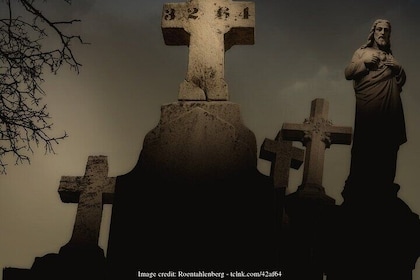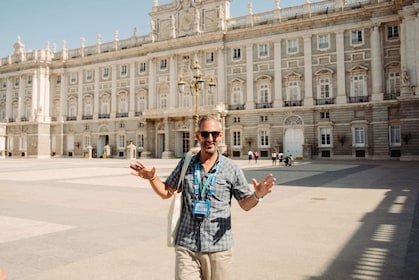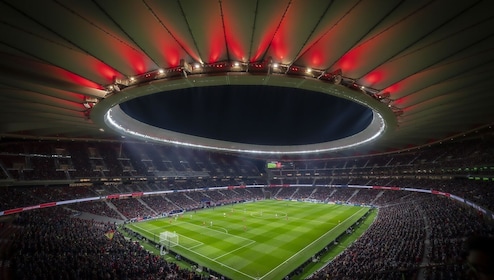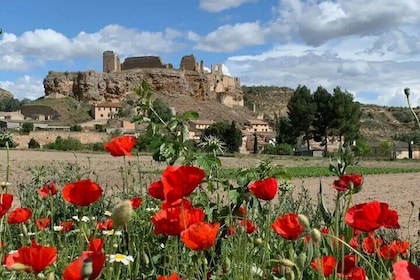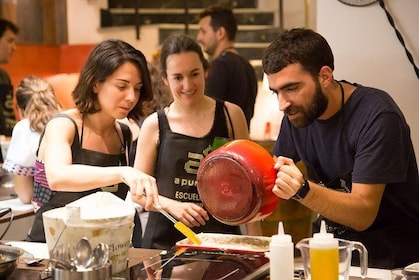Plaza de la Villa is a lovely small square, bordered on three sides by 17th-century buildings that represent Madrid’s unique style of Baroque architecture. See some of the oldest surviving buildings in the city around this peaceful square that has served as the center of Madrid’s government for centuries.
The largest building in the square is Casa de la Villa, which was constructed in 1645. Notice the two symmetrical doors on its brick-and-stone façade. These were once used as entrances to the city hall and the prison, which were both held in this dual-purpose building. Inside, look for beautiful 17th-century frescoes by Antonio Palomino. Admire the gorgeous stained-glass ceilings. Look for La Alegoria de Madrid, a well-known Francisco Goya painting depicting Madrid as a woman standing beside the municipal coat of arms.
An arch connects Casa de la Villa with Casa de Cisneros, which was built in 1537 as a residence for the nephew of Cardinal Cisneros. Admire the building’s ostentatious features. It’s one of only a few examples in Madrid of the Plateresque style, a Spanish version of early Renaissance architecture. Today the building acts as the primary residence of Madrid’s mayor.
On the opposite side of the square, find 15th-century Torre de los Lujanes, one of the oldest buildings in the city. Take a look at the building’s red-brick Mudéjar-style tower, said to have served as a prison for King Francis I of France after his capture at the Battle of Pavia in 1525. Notice the Lujanes crest above the Gothic main doorway.
Don’t miss the statue set at the center of square, which depicts Don Alvaro de Bazan, the admiral who planned the Spanish Armada’s attempted invasion of England. Designed in the 19th century by sculptor Mariano Benlliure, the statue is set on an exquisite white marble platform and stands 10 feet (3 meters) tall.
Plaza de la Villa is located a short walk away from the larger Plaza Mayor. Reach the area by taking the metro to Ópera station.


